|
24/5/2014 Perennial Cropping: Silvopasture meets Forest Gardening meets Keyline Design ( soon to meet Holistic Management!)Read Now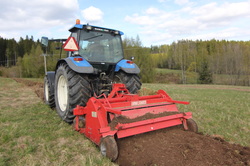 This article documents the major patterning of the farm at Ridgedale PERMACULTURE as we laid the Keyline tree lanes and planted thousands of long term perennial crops within our pasture lanes. For a better introduction to the farm's context you can read an article here. Water systems and Keyline patterning is also addressed here. The original plan for the tree layers of the farm design is outlined in another article available here. So now we explain & assess the actual implementation. For context, at the time of this work we ourselves had only been on site for 6 weeks and the planning, layout, machine work and major planting all took place in Week 1 and 2 of our 10 Week Internship. (We have another 10 Week Internship program running July- Sept) 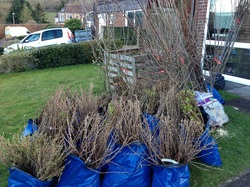 We bought a large supply of our trees in the UK, partly due to supply but a lot to do with cost. Sweden is extremely expensive with some of the plants we bought being 5 times the price locally. With European plant passports opening up we decided it would serve us best to go with the high quality nurseries we already had relationships with. When buying pot grown trees it is worth considering how trees get their nutrition in nature. Organic compost may be fine for a vegetable that is going out in the ground within a few weeks, however a poor start for a perennial means permanent compromise. We like root trainers and pre inoculated trees fed by slow release fertiliser if going for potted plants. Whilst this may be controversial for some, you really want to consider pattern here. Nearly everything we bought was bare root, making them cheaper and suited for transport in their dormant stage. First job was timing the arrival of the plants to the UK the day I got back from a teaching & consulting jaunt in SE Asia and Mexico so I could be there to deal with vulnerable plants immediately. This went like clockwork and I booked a van with a friend and we drove the 24 hrs through 7 countries to get the plants to the farm and move into our new home, saving in the region of 60- 80,000 Euros in the process. (Many other supplies brought over at half to one fifth of the local cost) 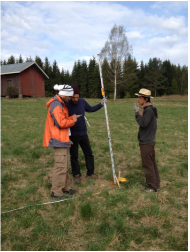 Marking out design on the land Marking out design on the land Goals & Planning The front and back fields on the farm schematic make up the intensive perennial cropping zones of the farm. They are patterned according to our overall Keyline layout, allowing for continued pasture development between the tree lanes over the subsequent years. The sequence of planned cultivation to allow for rapid & easeful tree planting wasdiscussed in this article. Pasture is not the optimum starting point for establishing trees. Grasslands are bacterially dominated through to balanced fungal:bacterial ratios in the late successional grasses. Shrubs and vines tend to thrive in F:B ratios of 2-5:1; whereas with our tree crops we are talking F:B ratios of 5-100:1 or more (up to 1000:1 with conifers and old growth forests). Cultivation of soil selects for bacteria. In addition, the cultivation will lead to a profusion of grasses. It does, however, give us opportunity to sow a diverse cover crop and plant trees and shrubs into well-prepared ground whilst dealing with the overall water considerations of the site. Our job as engineers of this designed process is to help steer everything possible towards the set of chain reactions (the succession) that we desire. The mounded tree lanes were planned to be seeded immediately to kick start succession with plant assemblies we would actually like, timing being critical in this whole process. Once the tree mounds are settled the tree and shrub crops are planted as bare roots / modules at regular spacings. In the back field there are two rows of crops planted according to their height to maximize solar collection due to the general E to W row orientation. In the front field the main tree crops are planted over a central rip with shrub crops on either side, due to their N to S orientation: The trees and shrubs are of high value, and longer-lived perennials deserve a good start in life. Bare roots are dipped in diluted molasses & kelp mix during planting out then watered in with 20l of the same to help kick start fungal symbiosis. We used recommended doses of commercial fungal inoculants and will be continuing compost tea applications throughout the season. (Kelp and fish products can also be useful in boosting initial tree growth.) We also added rock dust around each tree/ shrub. It is worth considering the relative placement of any amendments. Adding everything to a planting hole can possibly limit the organisms desire to root outwards in search of goodies. We also have compacted land that has not been grazed effectively (or utilized otherwise) for many years, with a consistent plow pan at 20- 25cm depth. We needed to prepare the ground for planting, lift compaction, deal with water and establish a multitude of support plants simultaneously. This is where innovative use of equipment and allowing the geometry of our topography to pattern our farm can serve us very well. Below you see a quick sketch of the process of establishing our perennial lanes to this beautiful Keyline geometry. There are many ways to establish trees, with more or less technology. The scale we are working on, whilst not particularly large, suits the machinery we have at hand for an efficient and multi-functional result. We imported a Keyline Plow from Australia last year for consultancy/ development gigs as well as a resource for the wider region. We also imported an old French Simon Bedformer (typically used for vegetable bed formation on ploughed & weathered land) This model is a 1.8m twin rotor 90hp job capable of burying stones with it's 2nd rotor, giving a better planting surface. We wanted this machine due to it's ability to create "swale" like mounds on the sides of the beds (2.2m at bottom of the cut, see video below). It also worked well for us in terms of the planned plant spacing. Anticipating this would not easily run through pasture we also bought a vintage Lely power harrow. Modern harrows are usually really wide, and this was the only model we could find that matched up with out bed width. 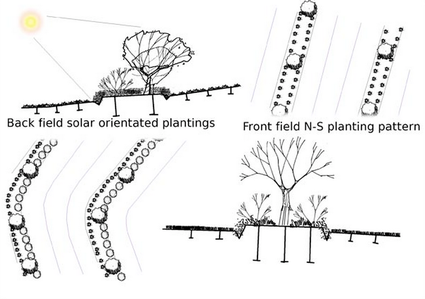 Species Assemblies & Planting As with any design work, the mapping and conceptual design process leads us to an accurate digital layout where we can generate a bill of quantities efficiently. The length of tree lanes and our chosen spacings allows rapid calculation of plant stocks required. Main Tree Crops Apple Pear Plum Cherry HazelSea Buckthorn Main Shrub Layers Raspberry Blackcurrant Redcurrant Gooseberry Hazkap Marginal & Contour Plantings Goji Berry Japanese Quince Edible Rowan Chinese Mahogany (leaf crop pollard) European Lime (leaf crop pollard) Mulberry Elder var. Juneberry Chokeberry Support Species List (hand broadcast seed) Our groundcover mix was sown into the formed tree beds immediately after mulching trees & shrubs to quickly establish perennial groundcover. The multiple benefits we are looking for are nitrogen fixing, mineral accumulation, edible crops, insectary and nectary sources as well as protecting the soil. Having perennial support plants helps tip the F:B ratios in our favor, and the addition of chop and drop mulch and woody compost from deconstructed biomeilers will ensure a good supply of fungal food is present. Rock dust, kelp, provide the wide mineral spectrum being necessary to encourage fungi in depleted agricultural soils. Whilst there may be a few annuals and self-seeders in the mix, some of useful perennials we include are;
 Effectively planning the workflow for farm work is essential for motivation, efficiency & generally getting the job done right. Adapting existing infrastructure for multiple functions & utilizing local waste streams is a key factor in Ridgedale existing. With a farm purchase/ development budget lower than the average cost of a small house in Europe we are creative with resource management and always seeking to stack functions. (The Bison 1.0 having served it's purpose has morphed into version 2.0, a mobile egg-laying house rotating around the pasture strips sanitizing the cows. In winter the box is unbolted & jacked up and Layers moved to the polytunnel. The Wagon morphs to version 3.0 for winter logging work with the option 4.0 being a charcoal wagon utilizing an old wicker basket that overhangs the whole wagon) 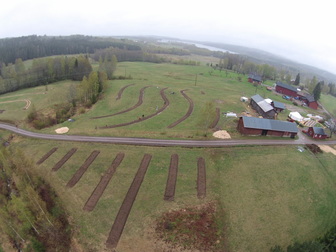 Implementation Our first job was to subsoil the paddocks on the Keyline patterning explained in the previous article. The tree lanes were marked out on the 12m spacings we are working on in the front field with 18m on the top fields. 10m headlands allow easeful turning of machines, which in our case is likely to be Keyline subsoiling over the next years, small hay cutting rigs and quad bike harvesting in the future. One of the benefits of the systems we are establishing here is that we will not need anything larger than an old 2nd hand machine after this initial work is complete. After deep ripping with the Yeoman's plow we tested the Simon bedformer and to our surprise it cut through our fairly dense sod with no problems. We took 2 or 3 passes to get the finish we wanted, the 3rd pass necessary only in the front field which has a higher clay content. Tillage was necessary to meet our goal of broadcasting a diverse range of perennial support species which includes perennial salad crops, Dynamic Accumulators, Nitrogen fixers and Nectary plants. Tillage naturally selects for bacteria in the soil food web, and so amendments were made to help begin the rapid spread of mycorrhizal fungi in the tree lanes. We used recommended doses of the mycorrhizal fungi; 25g for bare root trees, 10g bare root small shrubs @30cm and 5g for bare root canes. Each tree had 2 cups of rock dust 50cm outside the centre stem. 3.5ml of concentrated kelp extract per plant and diluted sugarcane molasses root dip/ watering in solution. This was then topped with cardboard for the trees/ newspapers for the berries and 1 wheelbarrow of wood chip for each tree, 0.5 barrows for fruit canes. Above is an extensive unsorted web album of the whole process The unsorted collection of aerials documents 6 weeks of progress from scratch, now at the end of Week 4 of our 10 Week Internship and half way through our PDC. Besides tree planting we have also been establishing extensive kitchen gardens, other perennial plantings, introducing animals and running our trainings and inaugural PDC at the farm. It is worth noting our purchase & development budget for this 10 ha site is lower than the cost of the average European family home! Creative resource management, innovation & intercepting local waste streams has been vital, along with the support of neighbours in the community and the dedicated hard work of all the incredible people who have contributed from all corners of the globe so far. Inputs & Costs 4 hrs machine work (Keyline Plow & Bedformer) 180 human hours for major plantings/ mulching over 5 days 100,000 SEK: plants (although includes perhaps 25,000 SEK for other plantings) 4,000 SEK: 2000 tree guards 5,000 SEK: seed mix 2,000 SEK: 40m2 wood chip delivery 500 SEK: 10 L concentrated kelp extract 500 SEK: 4 tons rock dust 750 SEK: 15kg mycorrhizal inoculant 150 SEK: fuel for vehicles picking up waste resources 15,000 SEK plant delivery (Self drive through 7 countries!) Total: 127, 900 SEK (Approx. Eur 14,000/ $19,000 USD) Associated costs (Not included as they can be rented to offset their cost to the business) 75,000 SEK Yeoman's 6SB Keyline Plow & Shipping 15,000 SEK Simon 1.8m Bedformer 3,000 SEK Lely 3m Power harrow 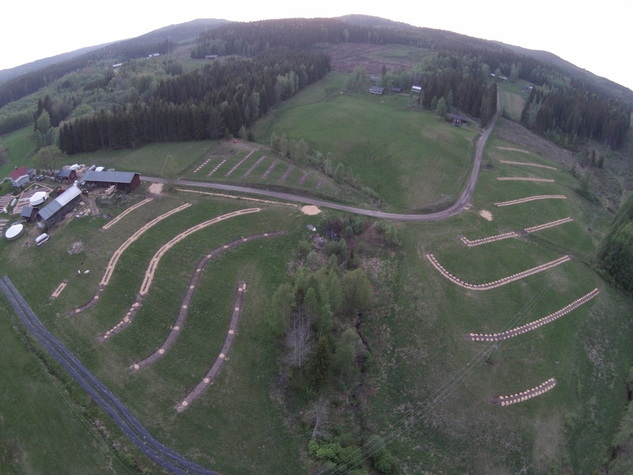 The machine work & major plantings complete after just 5 days. Interns gaining confidence around applying Keyline/ advanced Permaculture Design in a variety of scenarios as we blend our training schedule with implementation in the field. Cementing the learning through experience and offering layers of learning regarding team work, project management, etc.... What went well?
10 WEEK Permaculture INTERNSHIP PROGRAM 18TH JUL - 26TH SEPT 2014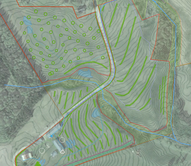 Want to start a project and farm in the future and don't know where to start? Are you already a farmer or land-manager wanting to use regenerative design to overhaul your enterprise? A pre-professional or professional designer wanting to broaden your skills and get practical project initiation skills? Our 10 week accelerator Internship program is specially designed for people wanting a fast track intensive immersion into project initiation, working alongside a professional designer accredited by P.R.I. (Aus) (reg. Teacher No. 24) & P.C. Assoc (UK). We believe this is a unique opportunity and learning experience in Europe, with 5 certificate courses and intensive hands on experience implementing diverse systems at the first Keyline designed farm and dedicated professional Permaculture education center in Scandinavia. This accelerator training is designed to fast track your Permaculture pathway. The 10 Week internship includes over 530hrs of curriculum based learning & 5 Certificate Courses;
You can read the prospectus from the current Internship here. Booking & details for Jul- Sept training here.
2 Comments
Wessel van Keulen
15/6/2017 08:28:03 pm
Great article! I'm about to do the same at my property.
Reply
Jared Eglinski
12/10/2017 10:57:26 am
Do you have updated aerial photos of your contour planting?
Reply
Leave a Reply. |
Details
Like us on FB Below for regular updatesStay up to date with customized updates you want to receive
Upcoming coursesArchives
December 2016
Categories
All
|
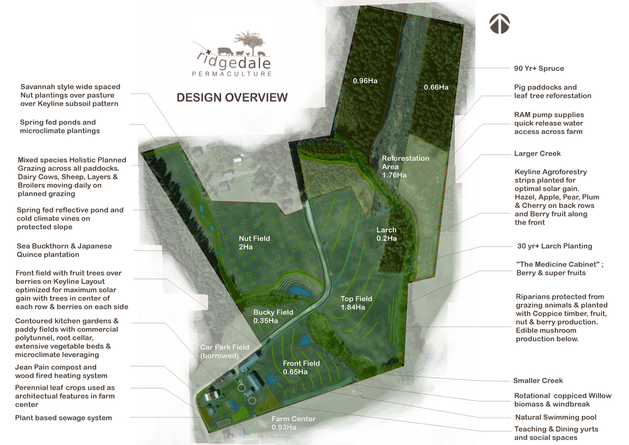
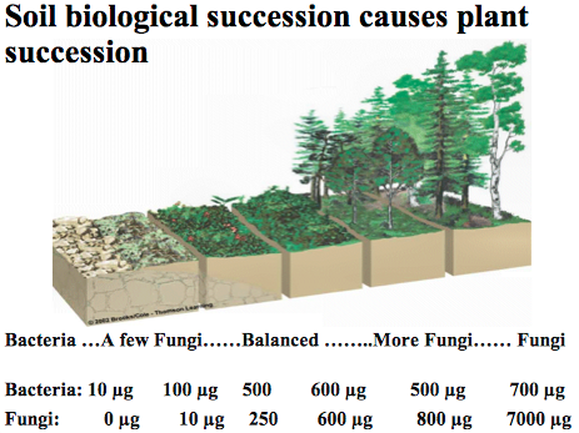

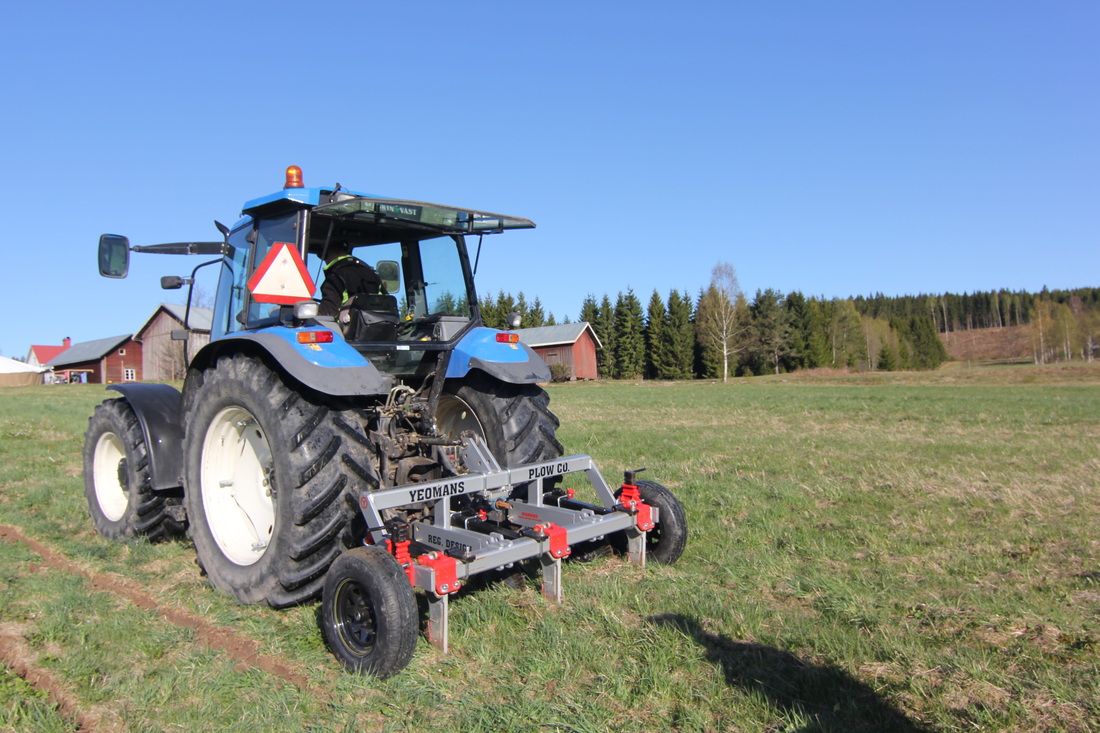
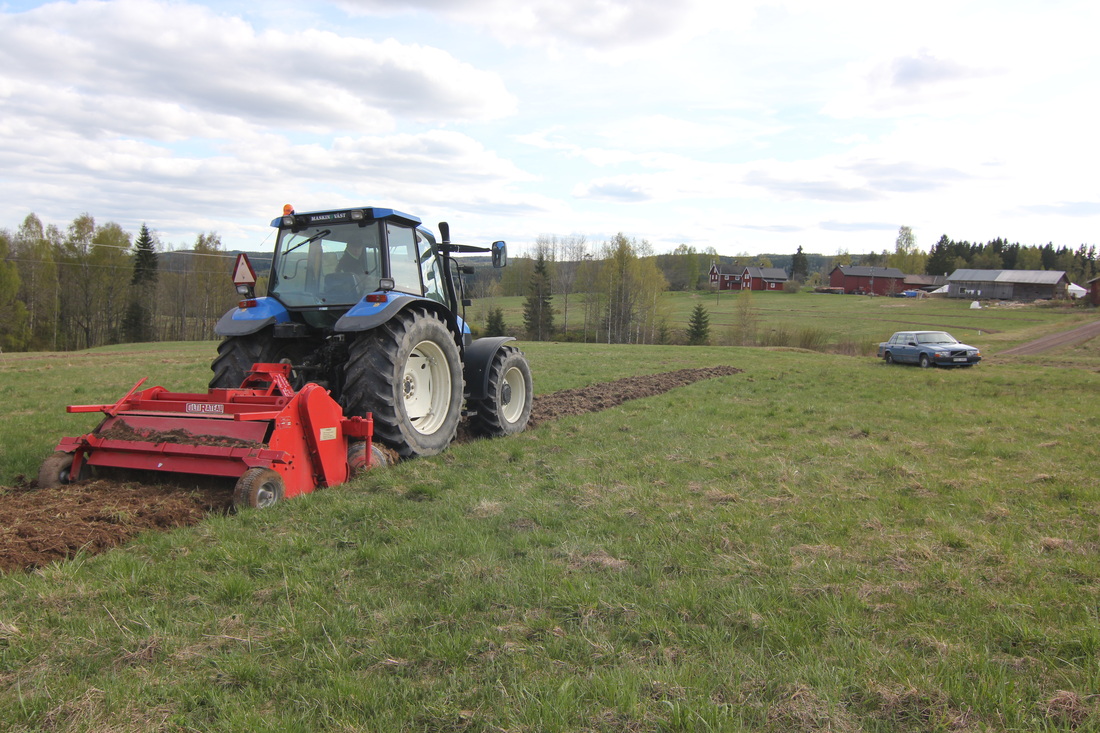
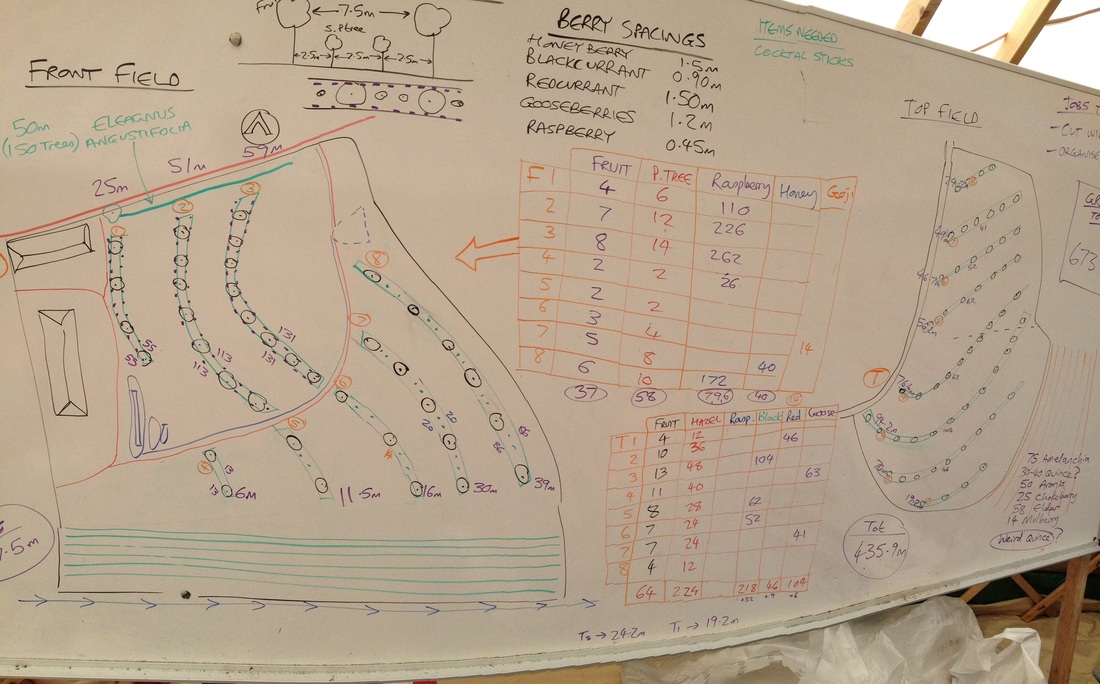
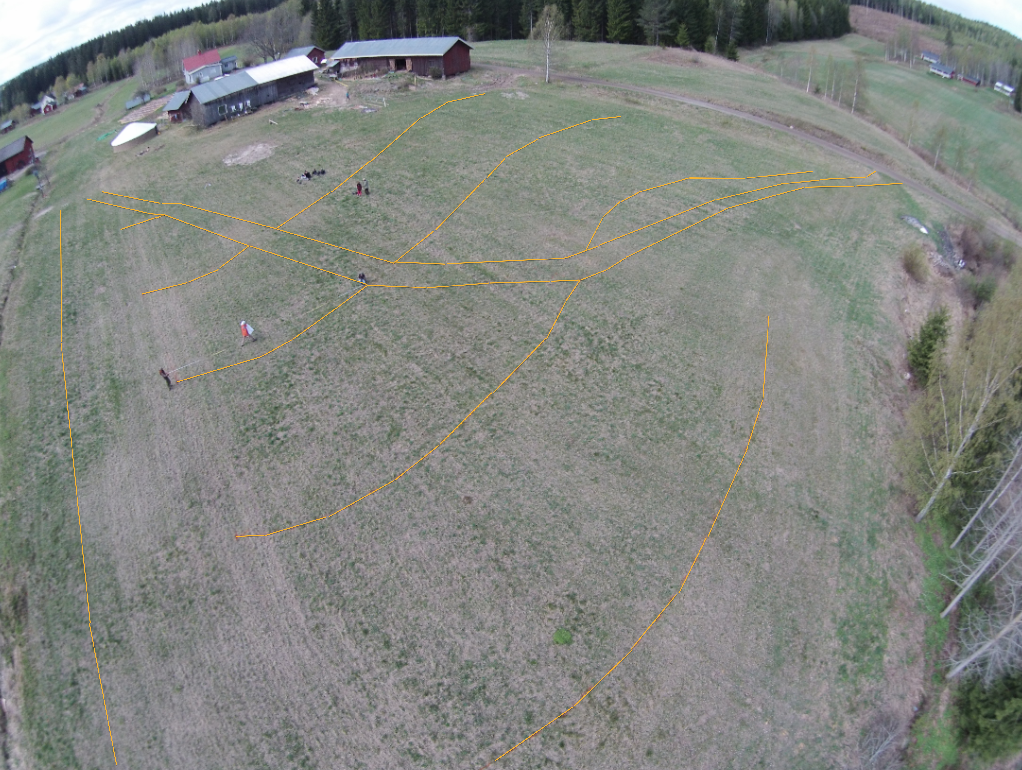
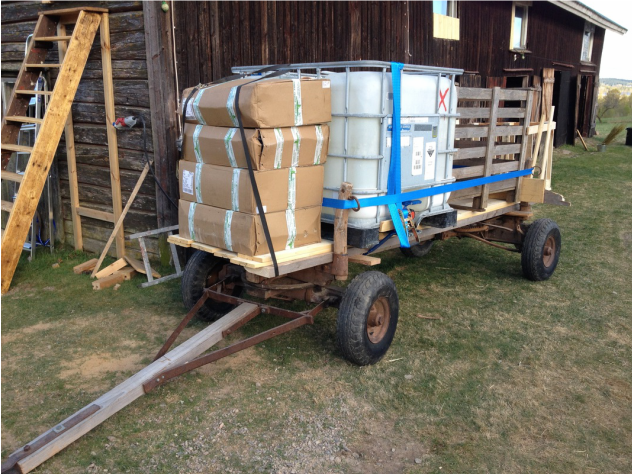
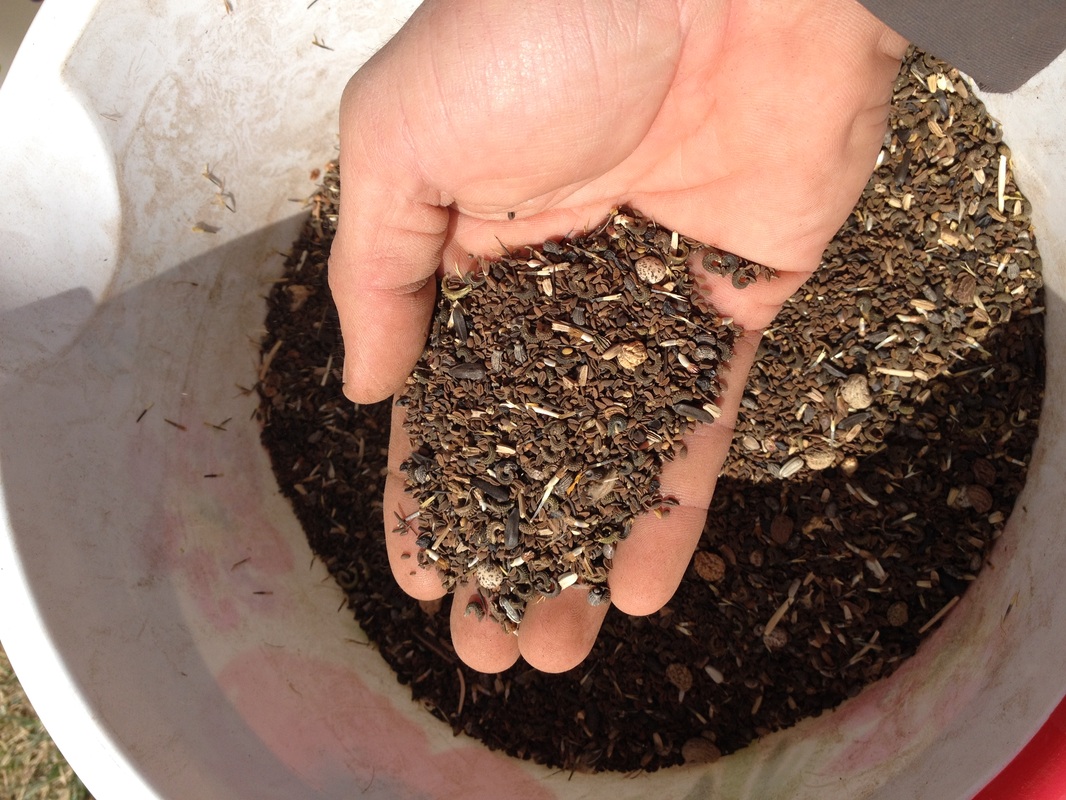
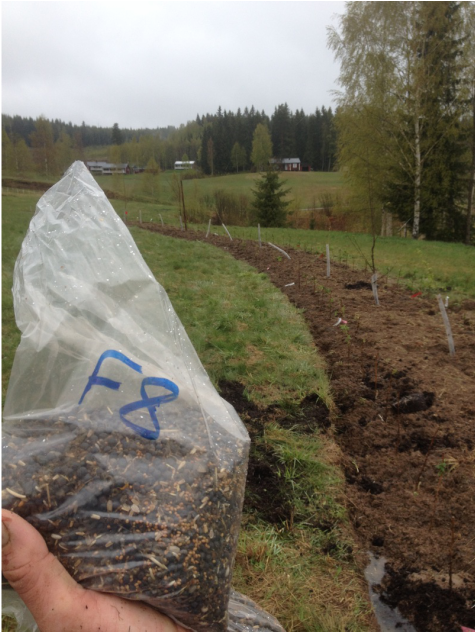
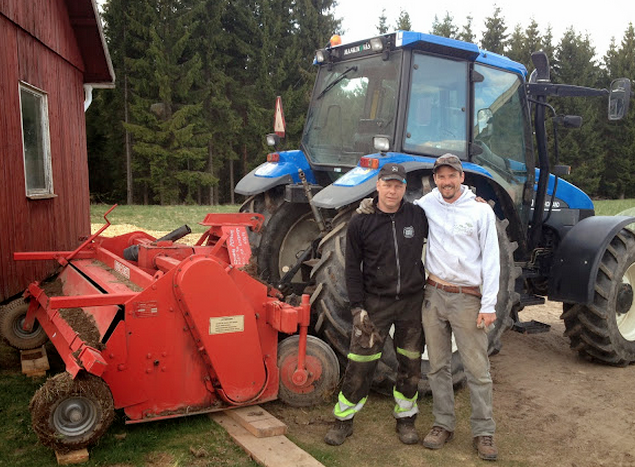


 RSS Feed
RSS Feed